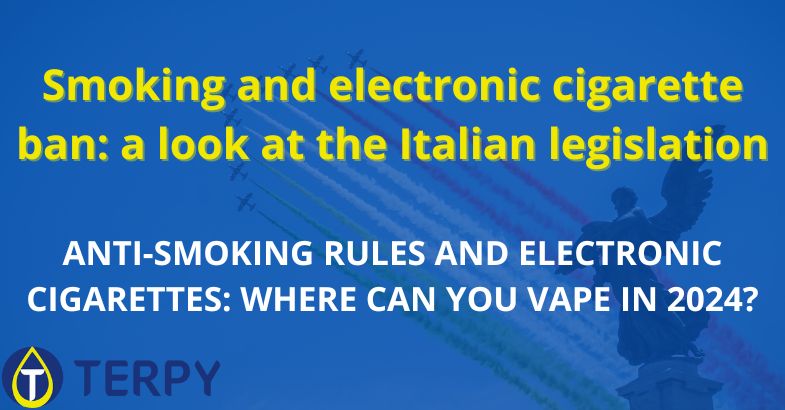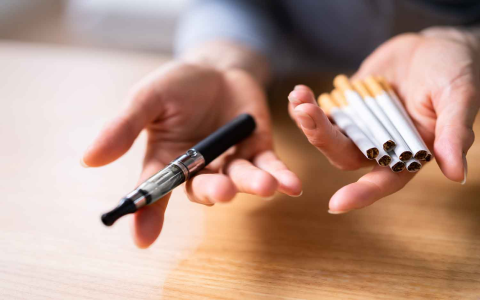Regulation of Electronic Cigarettes in Italy
Italy, as a member of the European Union, primarily regulates electronic cigarettes through the transposition of the EU Tobacco Products Directive (TPD). National legislation complements these EU-wide rules.
Key Regulatory Aspects:

- Age Restriction: The sale of electronic cigarettes and e-liquids (with or without nicotine) is prohibited to individuals under the age of 18.
- Nicotine Content and Volume: E-liquids containing nicotine are limited to a maximum nicotine concentration of 20 mg/mL. The maximum volume for a single refill container of nicotine-containing e-liquid is 10 mL. E-cigarette tanks or single-use cartridges must not exceed a volume of 2 mL.
- Advertising and Sponsorship: Advertising, promotion, and sponsorship of electronic cigarettes are heavily restricted, similar to tobacco products. This includes bans across most media platforms. Point-of-sale advertising is subject to specific limitations.
- Packaging and Labelling: Products must carry health warnings. Packaging for nicotine-containing e-liquids must be child-resistant and tamper-evident. Labels must include a list of ingredients, nicotine content, and batch number.
- Product Notification: Manufacturers and importers are required to notify the Italian Ministry of Health and the National Institute of Health (Istituto Superiore di Sanità – ISS) of all products they intend to place on the market, providing detailed information about ingredients and emissions.
- Taxation: E-liquids are subject to an excise tax, which applies to both nicotine-containing and nicotine-free liquids. The tax rates have been subject to changes over the years.
- Vaping in Public Places: National law (“Legge Sirchia,” extended to e-cigarettes) prohibits vaping in certain enclosed public spaces, including educational institutions, healthcare facilities, and on public transport. Further restrictions may be imposed by regional or local ordinances, or by private establishments.
Market and Usage
The Italian electronic cigarette market has matured considerably, with a wide availability of products through specialized vape shops (“negozi di sigarette elettroniche”), tobacconists (“tabaccherie”), and online retailers. Usage patterns indicate adoption primarily by current or former smokers.
Market Characteristics:
- Product Diversity: A broad range of devices is available, from pre-filled pod systems and disposables to more advanced open-system devices. A vast array of e-liquid flavours is also characteristic of the market.
- Distribution Channels: Specialized vape shops remain a key channel for expert advice and a wide product selection. Tobacconists also play a significant role in distribution, particularly for simpler, closed-system products. Online sales are permitted but must comply with age verification and other regulatory requirements.
- Consumer Profile: The primary users are adults seeking an alternative to combustible tobacco. Monitoring of youth uptake is an ongoing concern for public health authorities.
Public Health Considerations
The Italian public health discourse on electronic cigarettes acknowledges their potential for harm reduction for smokers who are unable or unwilling to quit nicotine entirely, while also expressing caution regarding long-term effects and appeal to non-smokers and youth.
Key Aspects:
- Harm Reduction Potential: Some health bodies and experts in Italy recognize e-cigarettes as a significantly less harmful alternative to smoking traditional cigarettes, though not risk-free. Their use as a smoking cessation aid is debated, with varying levels of official endorsement.
- Research and Monitoring: The Istituto Superiore di Sanità (ISS) conducts research and monitors e-cigarette use, product characteristics, and potential health impacts.
- Precautionary Stance: Regulatory measures often reflect a precautionary approach, aiming to prevent youth initiation and protect non-users while allowing access for adult smokers seeking alternatives.










